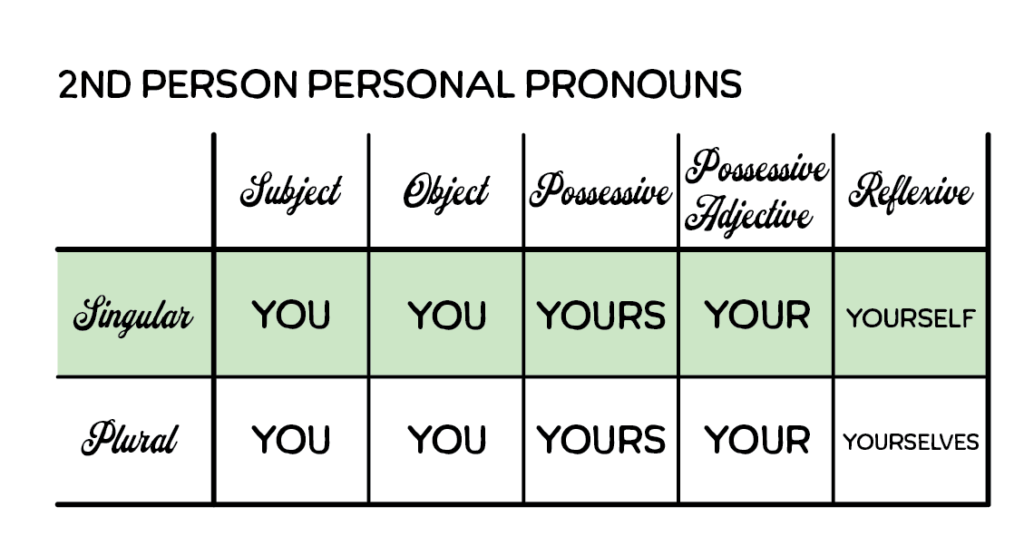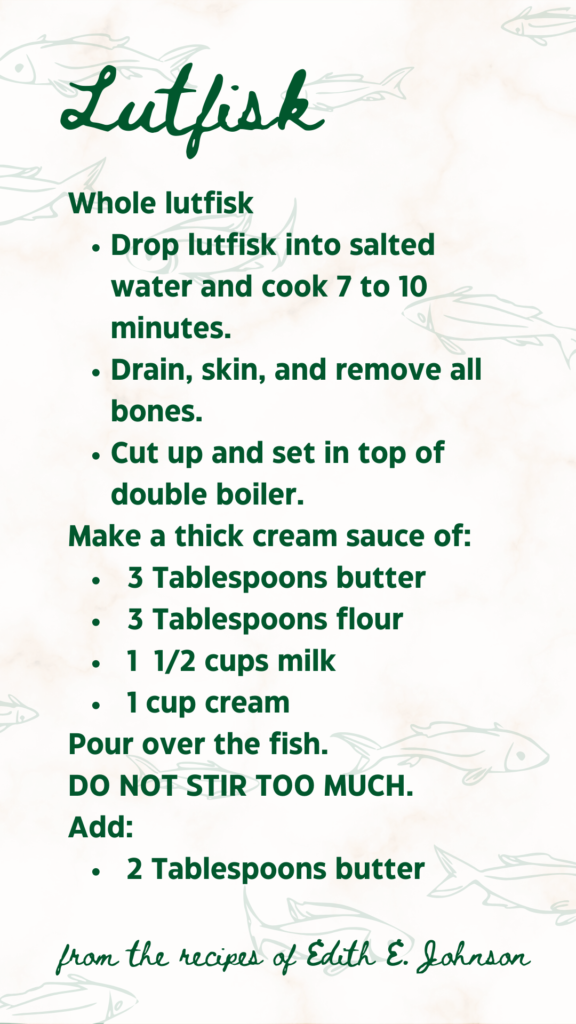Second Person Point of View is the polar opposite of First Person: here, the Reader is a character within the story, and the Narrator exists either alongside them or outside the narrative altogether. As this category name indicates, the Narrator uses second person pronouns as well as the Imperative Mood to describe actions and events.

This point of view is more common in non-fiction—self-help and motivational books, instructions, cookbooks, and so forth. Within fiction, it’s the designated POV for Choose Your Own Adventure books and Dungeons & Dragons campaigns, where the Reader or Player expects to be an active participant in how the story progresses.
Self-help and Motivational Books
By necessity, these categories of books address the Reader directly.

Often, though, books in this category will create a hybrid first-and-second person POV. The narrator addresses their second-person audience while mingling first-person experiences to bolster their message. For purely second-person writing, though, look no further than
Recipes and Instruction Manuals
Because I’m a giver, I’m going to share one of my saintly great-grandmother’s recipes, exactly how she recorded it for her family to have forever. She trained as a cook in Stockholm during the 1910s and later emigrated with her parents to the US, where she worked as a professional cook for decades.
Meaning, this recipe is Authentic. Get ready to screenshot.

As far as recipes go, this one seems to be missing some steps. Most prominently, the one at the end where you dump it all in the trash. (Look, I’m already under condemnation for sharing The Family Lore. I might as well go whole hog and kick my Swedish ancestors in the face. Sorry, Grandma1.)
It’s a lovely example of utilitarian Second Person POV, though. Just feast your eyes on all the straightforward imperatives. (I mean, you certainly won’t be feasting on anything else here. I’m sorry, Grandma. I like fish, but not lutefisk, okay?)
Long story short, this POV is great for telling people to do stuff. And if you make the lutefisk, drop me a comment on how it was. Presuming you live to tell the tale.
Choose Your Own Adventure
In fiction, the classic Second Person application appears in any RPG-style narration. This POV is great for leading your Reader into the wilds of not-so-serious literary exploration.

This ability to guide is, in fact, one of this POV’s main appeals: it makes the Reader an active participant.
Other Applications in Fiction
When it appears in genre and literary fiction, Second Person POV is unique. It can create a fresh, innovative, or otherworldly narrative effect. It’s rare to have purely Second Person POV, however, in fiction that is not of the CYOA variety.
Sometimes, the narrator is another character in the story, and they use a hybrid first-and-second POV to describe the story events. This is the situation in ALL THE TRUTH THAT’S IN ME by Julie Berry:

The narrator, Judith, interweaves first- and second-person pronouns as she unravels the mystery of her trauma and longing.
Contrast this with N.K. Jemisin’s THE FIFTH SEASON, which shifts between second- and third-person, depending on which Viewpoint Character takes center stage. Essun’s accounts are solidly and exquisitely Second Person POV, interspersed to allow breathing room while drawing the Reader into her life.

Second Person: a caveat
This POV is unique in long-form fiction because it’s difficult to maintain in writing where its audience can’t interact. If not handled carefully, it can feel like a gimmick rather than a legitimate storytelling device.
This is an artisanal Point of View, requiring careful craftsmanship when used outside of its primary habitats.
- Where have you encountered 2nd Person POV in fiction?
- Why might this be a compelling POV to read or write?
Up Next: Third Person Point of View
Previous: First Person Point of View
Index Page: Point of View
- For the record, my great-grandma was a superb cook. I don’t recall her actually making lutefisk. I like to think that, as a Swede, by law she had to include it with the rest of her recipes. ↩︎